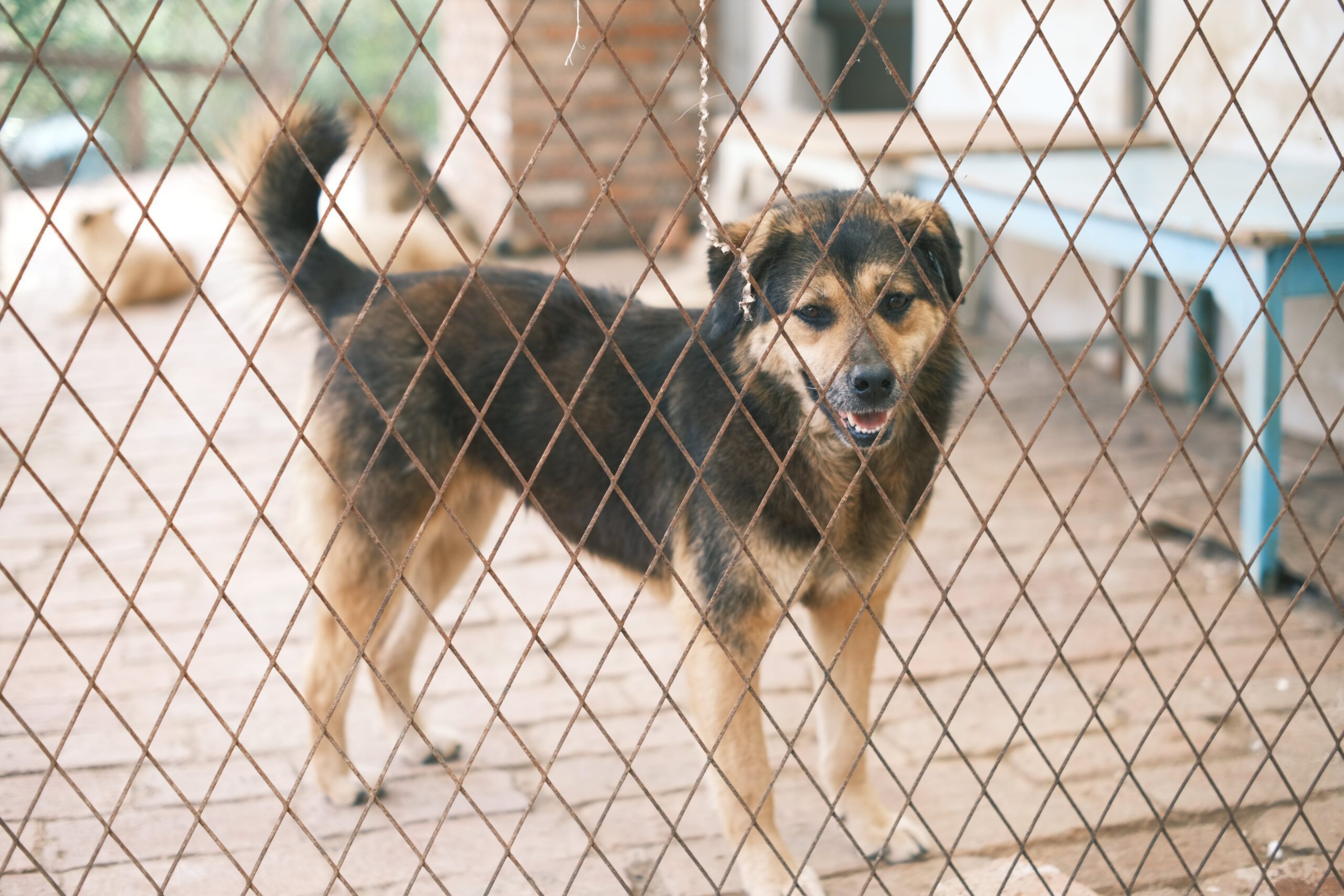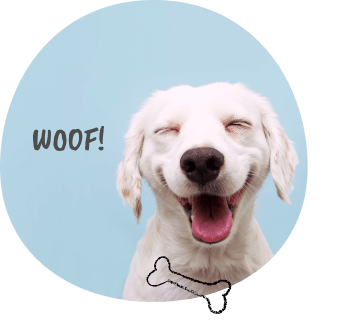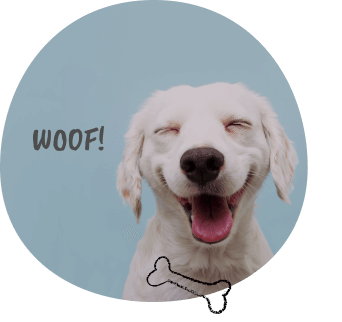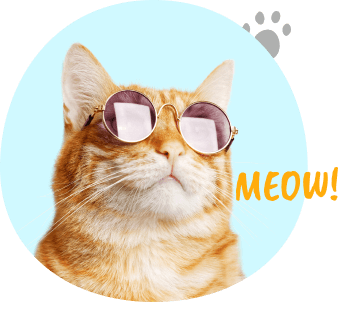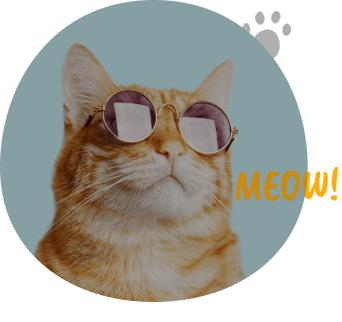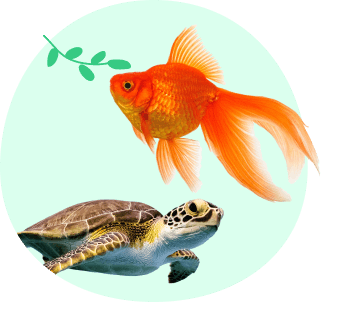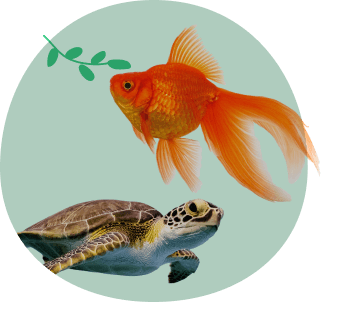Red Flags: Dog Foods to Avoid for a Healthy Pet
 Pexels | Vlada Karpovich
Pexels | Vlada Karpovich As pet parents, ensuring the well-being of our dogs is a top priority. Choosing the right dog food is a crucial aspect of their care, but not all pet foods are created equal. In the world of kibble and cans, it’s essential to be vigilant and recognize the red flags that may indicate a dog food is not suitable for your four-legged friend.
Steering clear of dog foods to avoid is not only about recognizing red flags but also understanding the specific items that should never find their way into your pup’s bowl. Let’s dive into the top 10 foods a dog should never eat, unveiling the hidden dangers that lurk within certain treats. From toxic foods that pose serious health risks to the downright worst dog foods on the market, arming yourself with knowledge ensures you’re not only avoiding pitfalls but also actively promoting your dog’s well-being. Remember, the journey to a tail-wagging, red-flag-free future begins with the right information and a commitment to providing your pup with the best possible nutrition. So, let’s embark on this culinary adventure, prioritizing the health and happiness of our dogs.
-
Mystery Meat Madness
Ever glanced at the ingredient list and found generic terms like “meat by-products” or “animal digest”? Consider it a red flag. Quality dog food should clearly specify the protein source, such as chicken, beef, or fish. If the ingredient list resembles a secret code, it’s best to steer clear.
-
Fillers Fiasco
Some dog foods bulk up their recipes with inexpensive fillers like corn, wheat, and soy. While these ingredients may pad out the bag, they contribute little to your dog’s nutritional needs. Dogs are primarily carnivores, and a diet high in fillers can lead to digestive issues, allergies, and a lack of essential nutrients.
-
Artificial Additive Avalanche
Brightly colored kibble and treats might catch your eye, but they often come at a cost. Artificial colors, flavors, and preservatives are unnecessary additives that can trigger allergies and sensitivities in dogs. Opt for foods with natural ingredients and skip the chemical rainbow.
-
Sneaky Sugar Content
Dogs don’t have a sweet tooth like humans, so why would their food be loaded with sugar? Excessive sugar in dog food can lead to obesity, diabetes, and dental problems. Check the ingredient list for hidden sugars under names like sucrose, corn syrup, or molasses.
-
Unwanted Grains and Gluten
While some dogs may tolerate grains, many dogs are sensitive to gluten and grains like corn and wheat. Look for dog foods that prioritize high-quality protein sources and opt for grain-free or limited-ingredient options if your pup has dietary sensitivities.
-
Mystery Fat Sources
Fats are essential for a dog’s health, but not all fats are created equal. Be wary of vague terms like “animal fat” or “poultry fat” without specifying the source. Opt for dog foods that explicitly mention healthy fats like chicken fat or fish oil.
-
Preservative Pitfalls
Preservatives are essential to maintain the freshness of dog food, but not all preservatives are created equal. BHA, BHT, and ethoxyquin are artificial preservatives that can have negative health effects. Choose dog foods with natural preservatives like vitamin E and vitamin C.
-
Inadequate Protein Proportions
Dogs thrive on a diet rich in protein, and their food should reflect that. If the protein content is low, or worse, if the protein sources are of poor quality, your pup may suffer from muscle loss, lethargy, and a lack of essential amino acids.
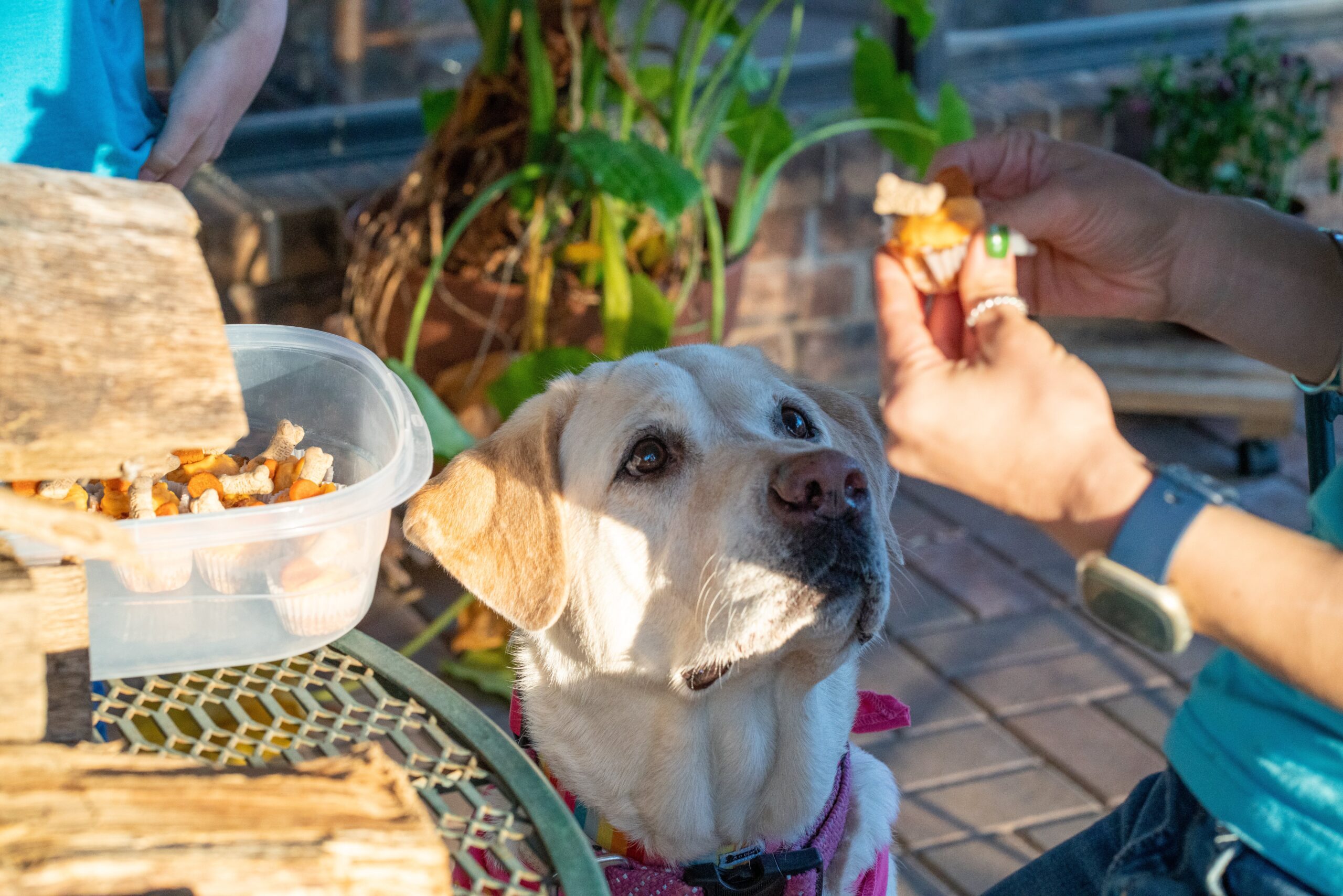 Pexels | Gabe
Pexels | Gabe  Pexels | Bethany Ferr
Pexels | Bethany Ferr In the world of dog foods, knowledge is your best friend. By paying attention to ingredient lists, avoiding unnecessary additives, and prioritizing high-quality proteins, you can ensure that your dog’s diet sets the stage for a happy, healthy life. So, wave those red flags away and choose the best for your pup – a diet that keeps their tails wagging and their bodies thriving.





































